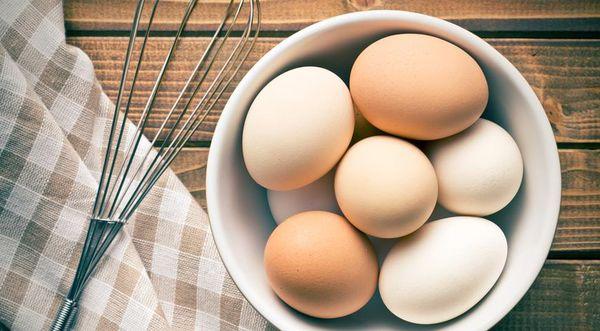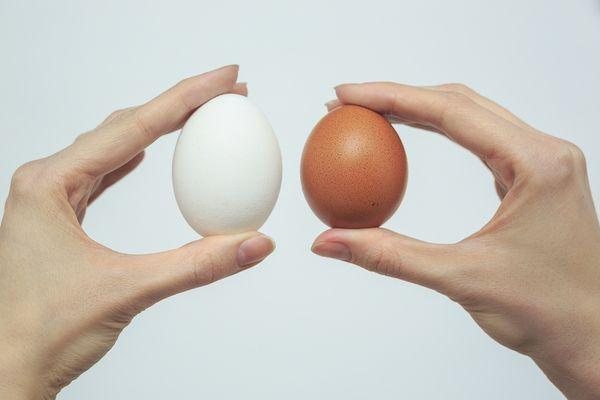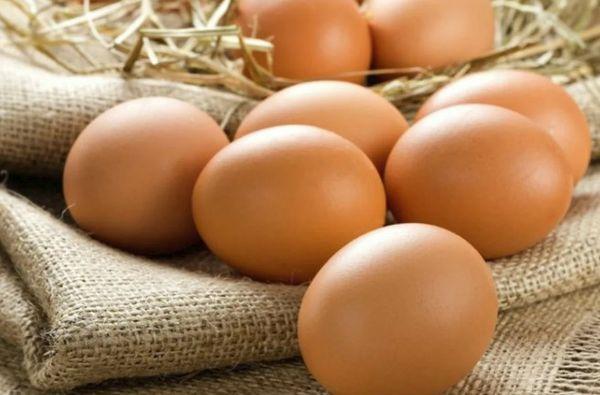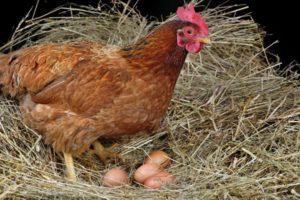How many grams does one chicken egg weigh and deciphering the markings
It is customary to sell a valuable food product to the population individually, and not depending on the mass. Immediately after the eggs are laid by the chickens, they are immediately sorted, divided into weight categories. After that, the product is labeled, packaged, and then sold to the public. You can find out how much one chicken egg weighs by the letters of the marking that is applied to the shell or packaging.
How much does it weigh
Categories and grades are determined based on the freshness and size of the product. By freshness, they are divided into dietary and canteens. In stores, table varieties are more often sold.
If the letter "D" is in the marking, then these testicles are not more than three days old - this is a dietary variety. The shelf life should not exceed 7 days - after that, the spoilage process begins, which can lead to poisoning. This category is marked with the letter "C".
Without shell
How much a standard testicle weighs without a shell, first of all, is of interest to women who follow the figure, adhere to the correct diet. Manufacturers do not need this information, since it does not affect the cost of the product.

The shell weighs not so little - 10 percent of the total mass. To find out the mass without shell, you need to look at the average indicator on the marking, subtract 10 percent from it.
Shell, protein and yolk mass
Protein makes up most of the animal product. The indicator of grams of yolk and protein varies depending on the category and variety. You can determine the average weight of the protein if you subtract 35 percent from the total weight without shell - this is how much the yolk weighs. Accordingly, protein weighs 65 percent of the entire testicle without a shell.

Raw and boiled
Many people wonder if the weight of the testicle changes when it is boiled hard. During the cooking process, they do not have the property of absorbing water into themselves, as well as giving off liquid or being digested. Therefore, the mass of the product remains unchanged, regardless of - 1 piece. product is boiled, or a dozen.
A slight decrease in weight occurs only during frying. At this time, the product loses its protective shell, when the shell is broken and fried, there is a natural loss of liquid - about 10-15 percent of the total mass. Only in this case the weight becomes slightly less.
How to find out the weight of an egg by marking
Each testicle is carefully selected and subsequently labeled. First, the grade of one of the letters is indicated - "D" or "C". If dietary varieties are not sold within a week, the labeling will be changed to the letter "C".Next to the letter they put a number that indicates the category, and therefore the average mass - "from 0", "from 1", "from 2".

The most common category is considered "with 1". But the product is also chosen based on the purpose. So, in some culinary recipes, the category "c 3" is often indicated, with a weight of 40 grams. The mass of a selected egg exceeds 70 grams, but its cost is also more expensive.
Does weight depend on the breed of the laying hen?
Chickens exist of meat and egg breeds. Naturally, egg breeds lay significantly larger eggs. Representatives of the egg breed, in turn, are divided into several varieties, which differ in weight.
Many small eggs are of great nutritional value. For example, chickens of the Pavlovskaya breed carry small testicles - about 50 grams, they are ranked in the second category. Product size and weight may also depend on the age of the hen. In a young bird, the testicles are smaller, and the adult layers already carry larger ones. Also, the size of the product can be affected by the conditions of detention, the climate and feeding of the poultry, as well as even the season.

Egg weight in grams by category
The variety depends on the mass of the product. When determining the category, there are standard norms that manufacturers are required to adhere to.
Approximate weight depending on category and grade:
- "With 3" - weight from 35 to 45 grams;
- "With 2" - from 45 to 55 grams;
- "From 1" - from 55 to 65 grams;
- "With 0" (selected egg weight) - from 65 to 75 grams;
- "Highest cat." - from 75 grams and above.

Why eggs are sold not by weight, but by the piece
Basically, grocery products are sold in stores by weighing them in advance per kilogram. So why are eggs sold by the piece or by the dozen? There are several reasons for this:
- They have a fragile and fragile shell, so they must be stored separately from each other. Therefore, manufacturers make strong packages where eggs are isolated from each other. If fragile goods are weighed on scales, they will simply break frequently, and outlets will suffer serious losses.
- The product must not be kept open on the counter. On the shell there may be causative agents of salmonellosis, which can easily fall on the neighboring product, after the sale, people may experience poisoning.
- During long-term storage, some of the moisture still evaporates through the shell. Well, if sales are carried out by weight, then with large volumes of products, sellers will suffer financial losses.
Poultry eggs are a necessary product on the table of every person. Cooking is rarely done without them. According to the marking data, you can find out the approximate weight, what is the freshness of the testicles.
When buying, you should always be interested in the expiration date of the product. Otherwise, you can get serious poisoning.









